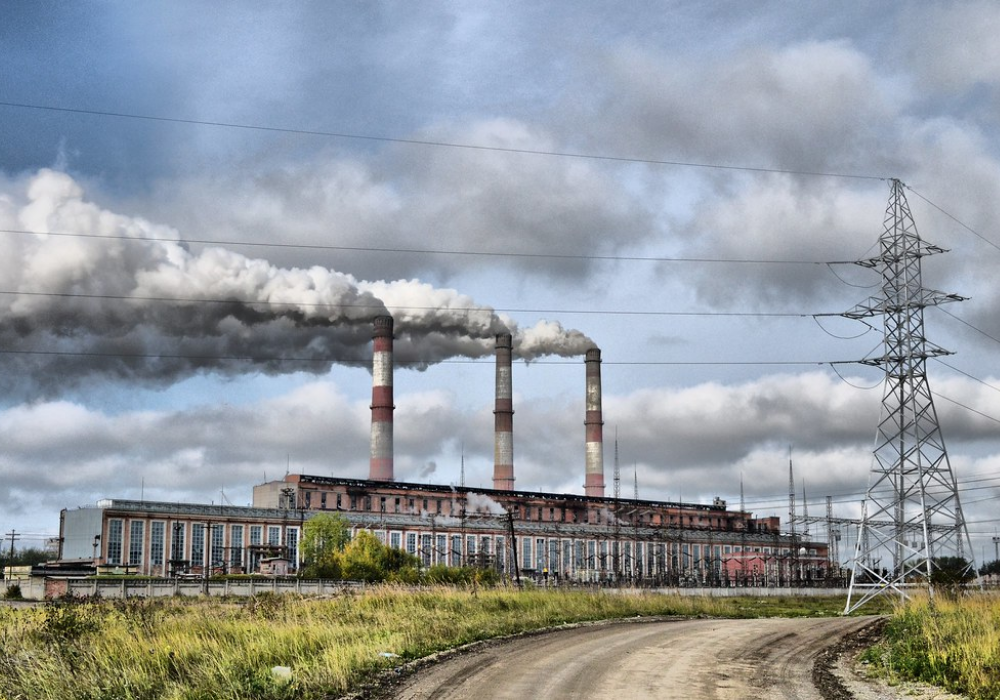
The recent bankruptcy filing of Longview Power is an indication of the “increasingly dire state” of the US coal industry, says an energy analyst.
The firm’s primary asset is the 700-megawatt (MW) Longview Power Plant in Appalachian coal country near the city of Morgantown, West Virginia.
The Institute for Energy Economics and Financial Analysis (IEEFA), which conducts research and analyses into issues related to energy and the environment, believes the failure of the project “offers a harsh glimpse” into the problems the industry is facing in the US.
This, the IEEFA claims, is because the Longview Power Plant has “much more going for it than most coal-fired plants in the US”, of which many are “far older, less efficient, and pay more to get their coal delivered”.
Why Longview Power’s bankruptcy indicates problems facing the US coal industry
Production at the $2.2bn Longview Power Plant started nine years ago – making it one of the newest, most efficient coal-burning sites in the country.
The plant has various other advantages, such as being based close to the coal mine that supplies it and its owners being some of Wall Street’s top investment firms.
But, since the plant came online, it is not the first time its operator has been in this position, after the firm filed for bankruptcy back in 2013.
At the time, it noted ongoing design, construction, equipment defects and failures, alongside other operational issues as key factors — leading to a court-supervised restructuring of about $1bn in debt.
Then, in 2015, Longview looked to have erased those issues and be in a position to drive the production of its primary asset forward.
But despite having a number of advantages in its favour, the company filed for bankruptcy again earlier this month, following rapid changes in the power sector, largely attributed to the shale-gas boom.
The IEEFA believes the West Virginia-based firm’s troubles show “just how fragile the country’s coal-fired generation sector is”.

According to the analyst, the plant was supposed to offer a “superior operating model” compared to older sites and, in 2012, it was estimated to be 18% more efficient than the average coal plant in the Pennsylvania, Jersey and Maryland Power Pool (PJM).
“Its efficiency and young age allow it to run nearly all the time, spreading its fixed costs over many more hours of generation — just the opposite of other coal-fired plants — and making it more competitive,” added the IEEFA.
“From 2016 through to 2019, the plant has averaged an 83% capacity factor, among the highest for coal plants anywhere in the country, and it ran at close to 100% for many of those months.
“Financially, then, this plant should be in good shape. But it isn’t, sending a clear signal that coal-fired power is simply no longer competitive in US electric markets.”
Longview shifts focus to gas and solar
As it looks to shore up its long-term future, Longview is shifting its focus towards gas and solar.
It is pursuing permits for the 1.2-gigawatt (GW) Longview Power Clean Energy Center – a combined-cycle gas-fired facility near Morgantown.
But the IEEFA believes the project could be leading the firm down “another dead-end path”.
“A decade from now, the company is likely to find that the power market has continued to shift,” it added.
“There may already be more gas-fired plants than can be economically supported, and the growth of renewables and battery storage may bring even more price competition in the future.”
Longview is also planning to build a 70MW utility-scale solar farm that will span about 300 acres on each side of the Pennsylvania and West Virginia border, which the IEEFA said could be “an important step in a better long-term direction” for the company.
It added: “It is this investment in the new energy economy — and at $76m, a fraction of the cost of either the coal or gas plant — that seems far better aligned with long-term market forces that will be reshaping the electricity-generation business for years to come.”



